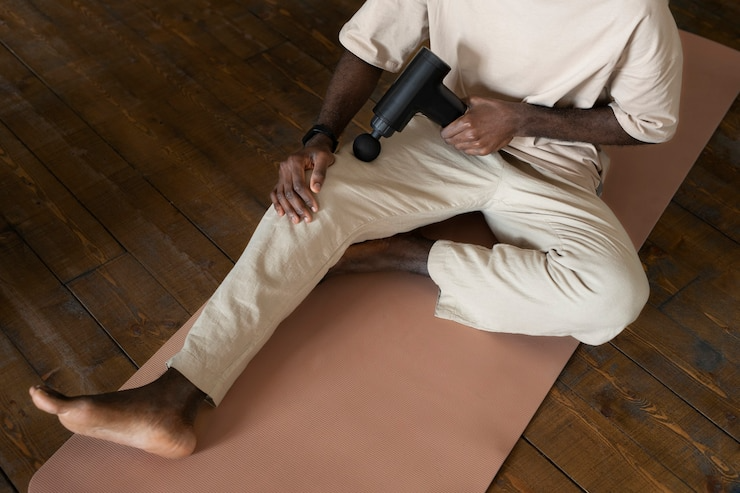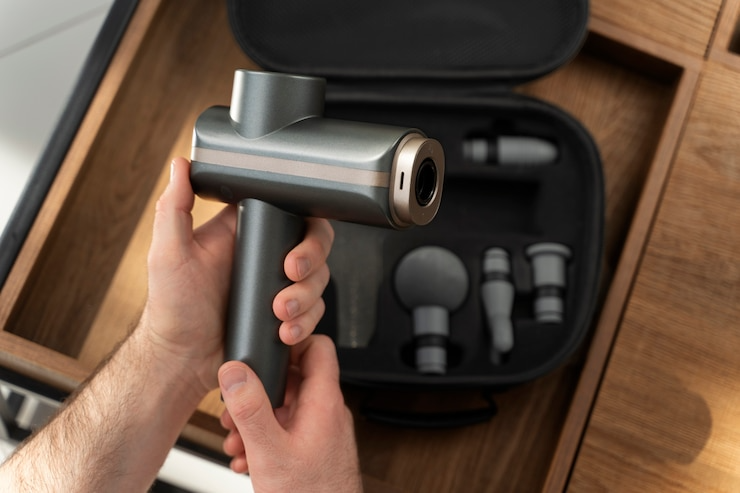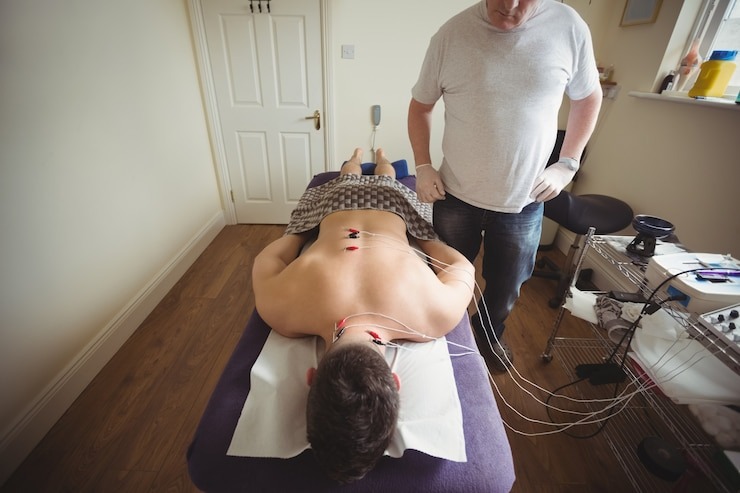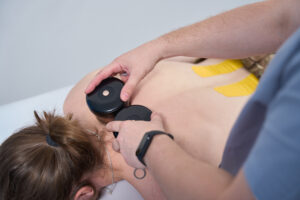Self-myofascial release (SMR) is a powerful tool for improving physical health, enhancing mobility, and relieving muscle tension.
This comprehensive guide will explore SMR techniques, their benefits, and how to integrate them into your routine safely.
What is Self Myofascial Release?

Self-myofascial release (SMR) is a therapeutic technique for releasing tension in the fascia, the connective tissue surrounding and supporting muscles, bones, and organs. Over time, stress, injury, or repetitive movements can cause the fascia to tighten, resulting in pain or reduced mobility. SMR uses tools like foam rollers, massage balls, or even your hands to apply controlled pressure and restore elasticity.
Benefits of Self Myofascial Release
Pain Relief
SMR targets trigger points or “knots” in the fascia, helping to alleviate discomfort caused by muscle tension or overuse.
Improved Mobility
Loosening tight fascia allows for a greater range of motion, making it easier to perform everyday or athletic activities.
Faster Recovery
Post-exercise recovery can be sped up as SMR reduces lactic acid build-up and improves blood circulation.
Stress Reduction
Applying gentle pressure during SMR helps to relax the body, reducing overall stress levels.
Tools for Self-Myofascial Release

There’s a range of tools designed for SMR, each suited to different areas of the body:
- Foam Rollers: Ideal for large muscle groups like thighs, calves, and back.
- Massage Balls: Great for smaller, harder-to-reach areas such as the feet or shoulders.
- Handheld Devices: Adjustable tools that offer deeper penetration for persistent tension.
Types of Myofascial Release Techniques
Direct Techniques
Direct SMR involves applying firm, focused pressure on a specific area until the fascia is released. This technique is often used for larger, more noticeable tension points.
Indirect Techniques
This gentler approach relies on sustained pressure over a longer period, allowing the fascia to release naturally. It’s ideal for sensitive or chronic pain areas.
How to Do Myofascial Release Safely
Proper technique is crucial for effective and safe SMR. Follow these steps:
- Warm Up: Light activity before SMR prepares the muscles for better results.
- Apply Gradual Pressure: Start gently, gradually increasing to avoid discomfort.
- Avoid Overdoing It: Spend 1-2 minutes on each area to prevent irritation.
- Breathe Deeply: Controlled breathing helps relax the muscles during the process.
Step-by-Step Guide to Common Techniques
Lower Back Release
- Tool: Soft foam roller
- Method: Lie on your back and roll gently between the upper and lower back regions. Avoid applying pressure directly on the spine.
Shoulder Tension Relief
- Tool: Massage ball
- Method: Stand against a wall with the ball placed on the shoulder. Roll in small circles to target tension.
Foot Arch Relief
- Tool: Tennis ball
- Method: Place the ball under your foot and apply gentle pressure as you roll it back and forth.
Specialized Techniques

Cross-Hand Technique
This involves crossing your hands over a specific area and gradually applying pressure. It’s particularly useful for upper body tension.
Equine Myofascial Release
While primarily designed for humans, SMR techniques can also be adapted for horses, helping to improve mobility and reduce stress in equine therapy.
Who Should Avoid Myofascial Release?
While SMR is generally safe, some individuals should approach it with caution:
- Acute Injuries: Avoid applying pressure to fresh injuries.
- Blood Clots: Pressure can dislodge clots, leading to serious complications.
- Chronic Illness: Always consult a healthcare provider if you have conditions like osteoporosis or fibromyalgia.
Myofascial Release for Athletes
Athletes benefit significantly from SMR due to its ability to:
- Reduce muscle soreness after intense workouts.
- Prevent injuries by maintaining tissue health.
- Enhance performance through improved flexibility and mobility.
DIY vs. Professional Myofascial Release
- DIY SMR: Cost-effective and convenient but may need more precision.
- Professional Therapy: Offers tailored solutions for chronic issues at a higher cost.
FAQs About Self Myofascial Release
What is the best tool for beginners?
A soft foam roller is recommended for its ease of use and gentler pressure.
How often should I perform SMR?
2-3 times per week is ideal for most individuals.
Can SMR replace stretching?
No, SMR complements stretching but doesn’t replace it. Both serve unique purposes.
Is SMR supposed to hurt?
Mild discomfort is normal but should not cause sharp or prolonged pain.
Can SMR help with posture?
SMR can improve posture by releasing tension in overused or tight areas.
What are the risks of improper SMR?
Overusing SMR or applying excessive pressure can lead to bruising or tissue damage.
Conclusion
Self-myofascial release is a versatile and effective technique to improve flexibility, reduce pain, and enhance overall well-being. By incorporating SMR into your routine, you can experience lasting benefits that support an active and healthy lifestyle.





